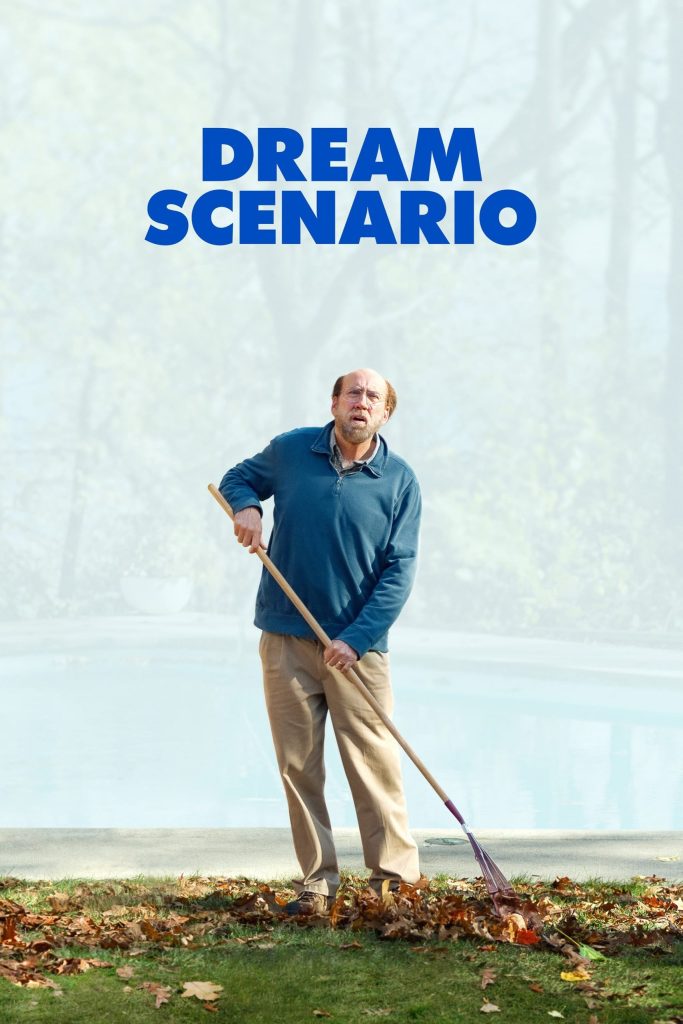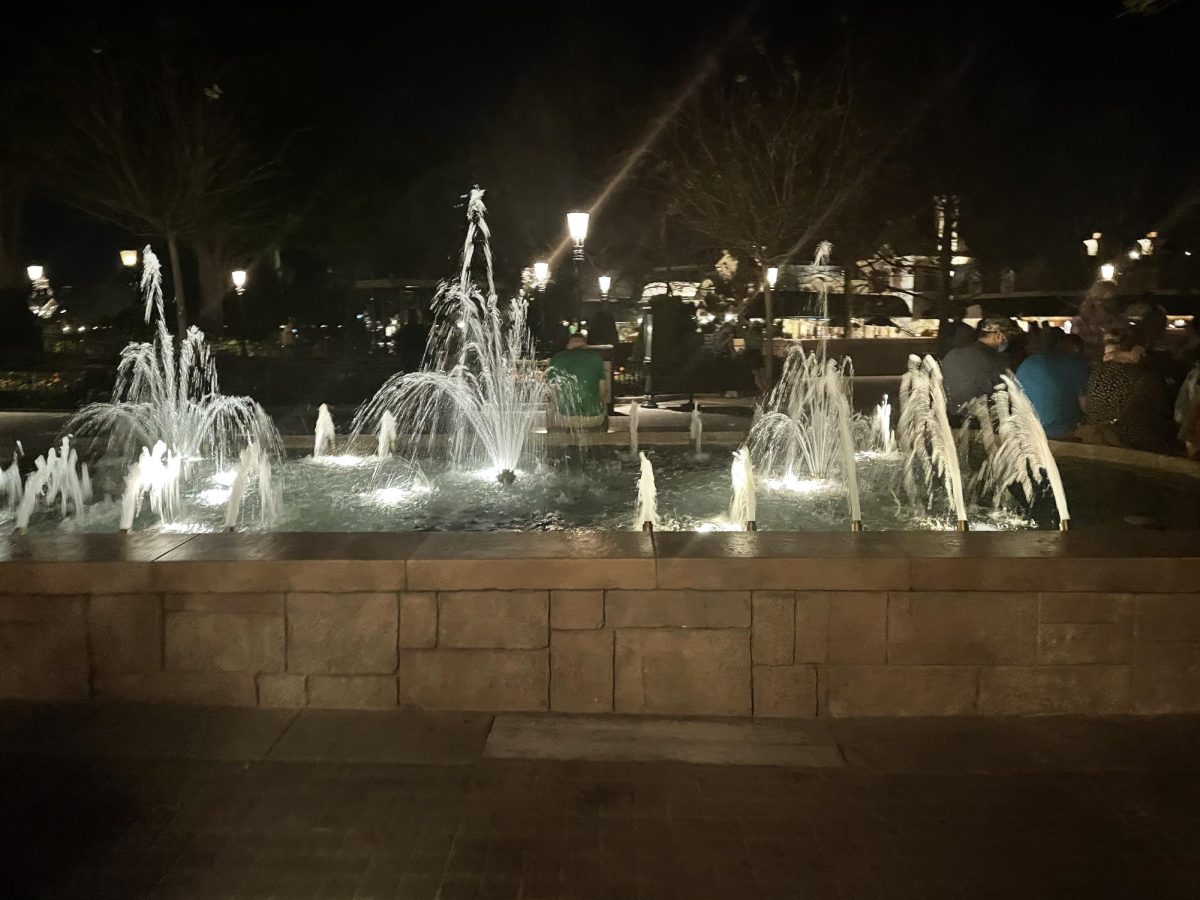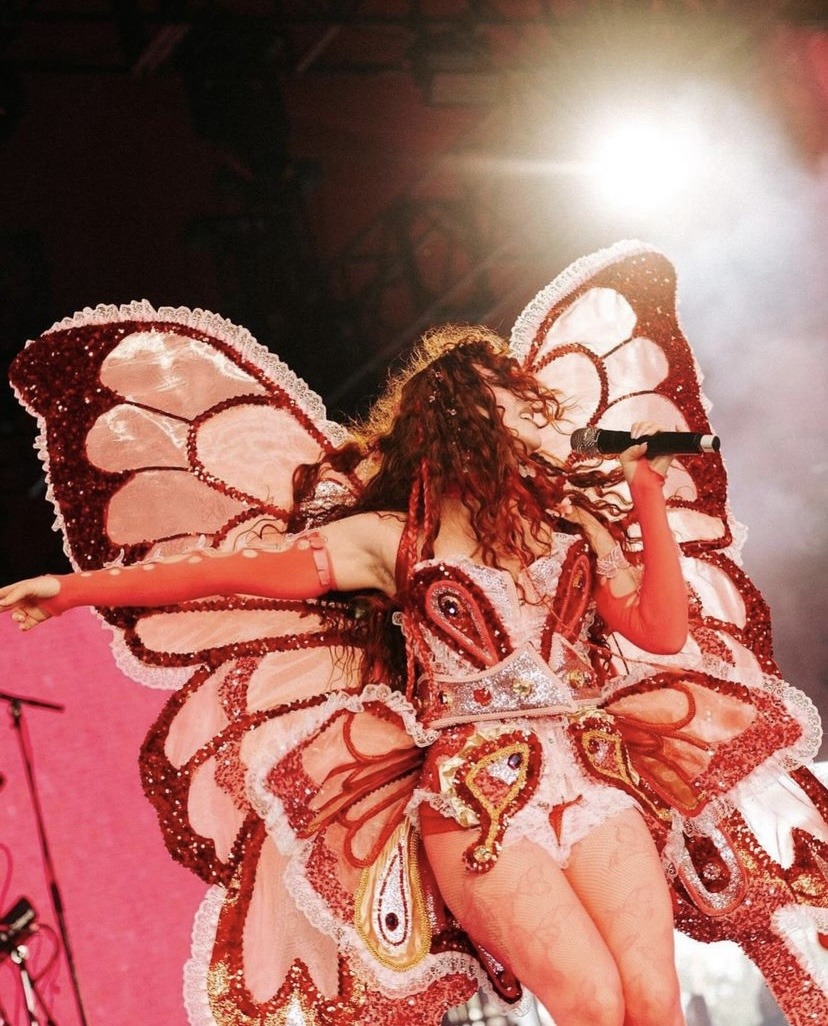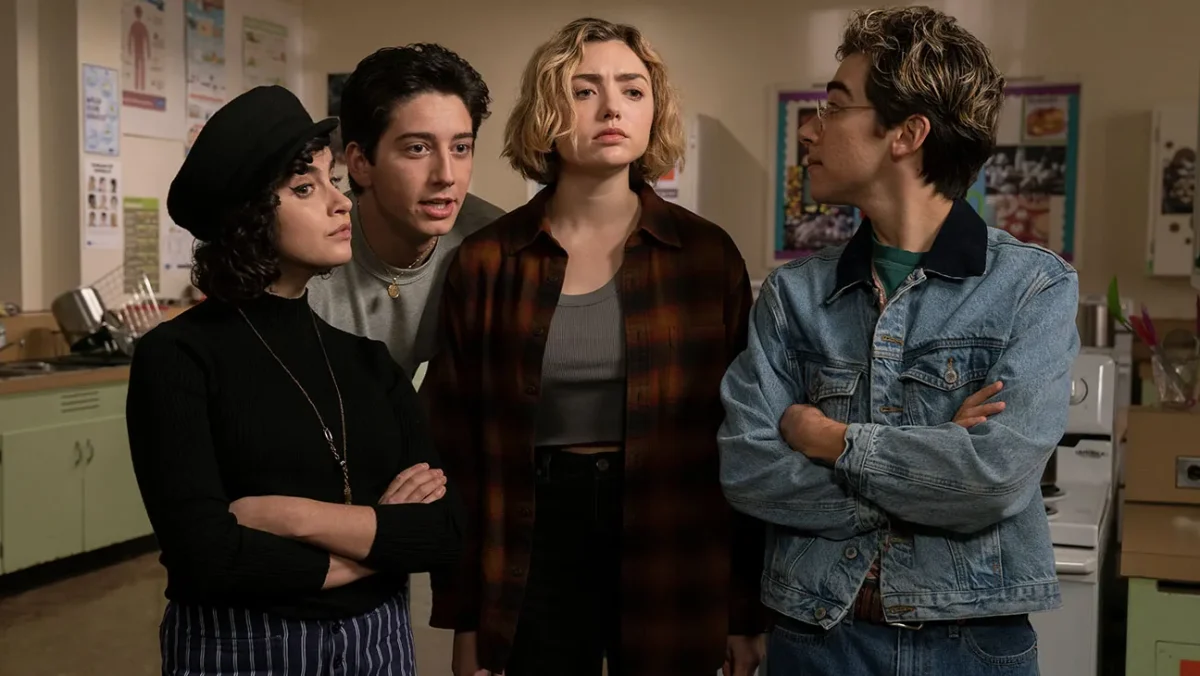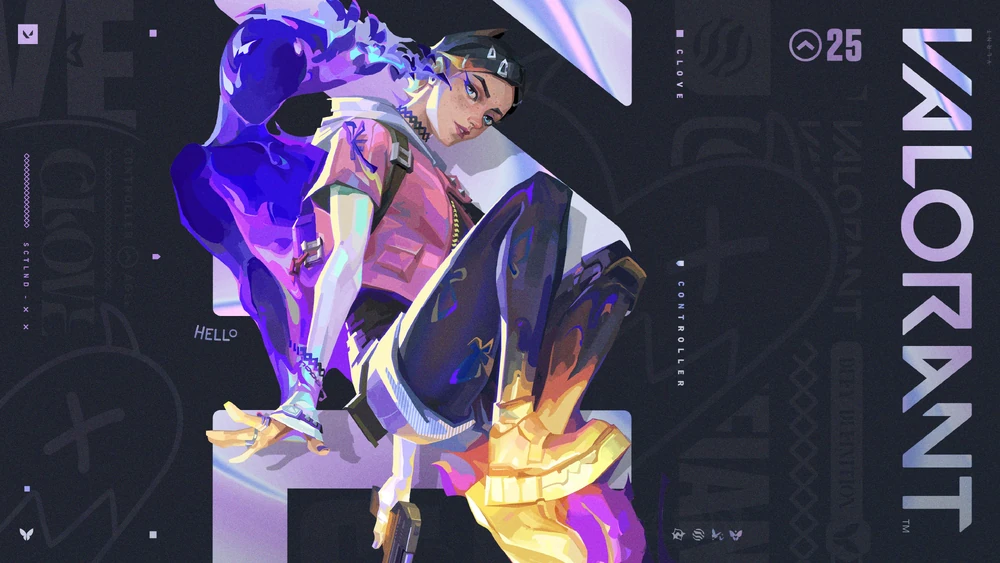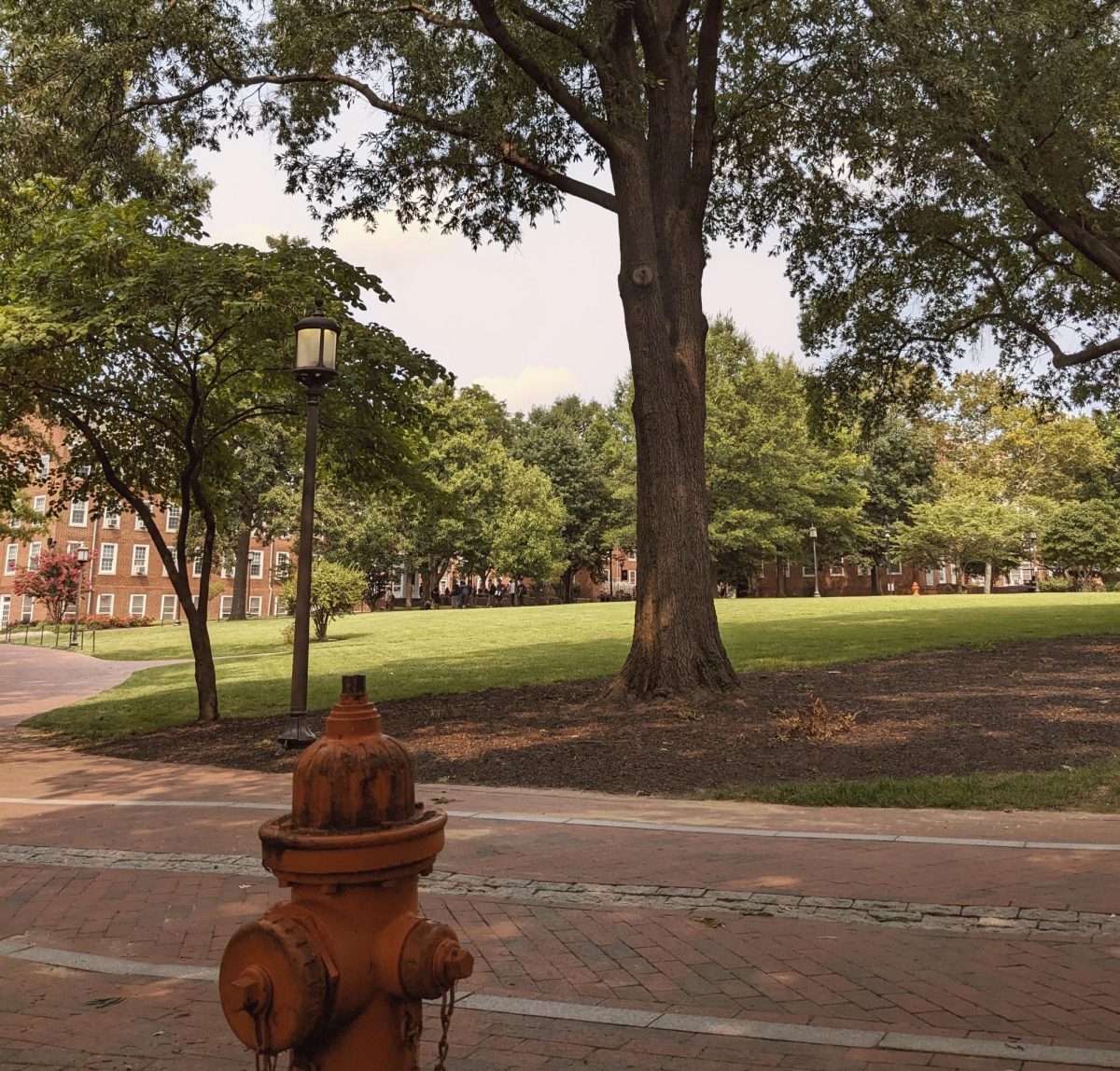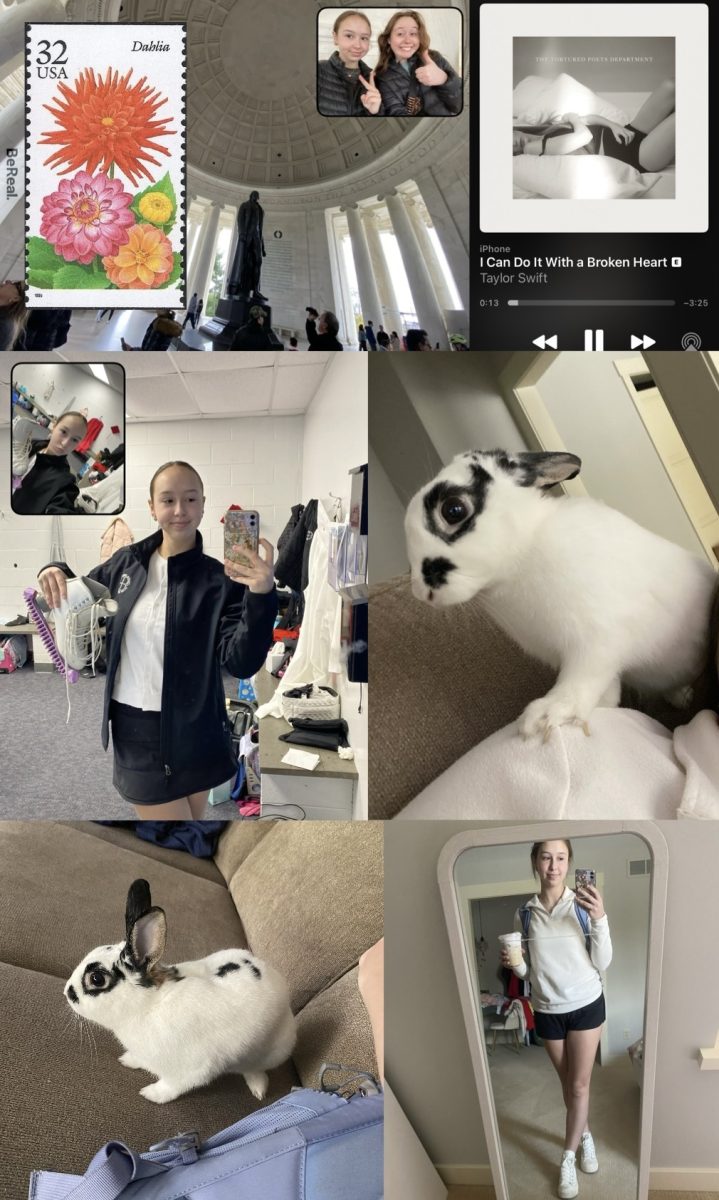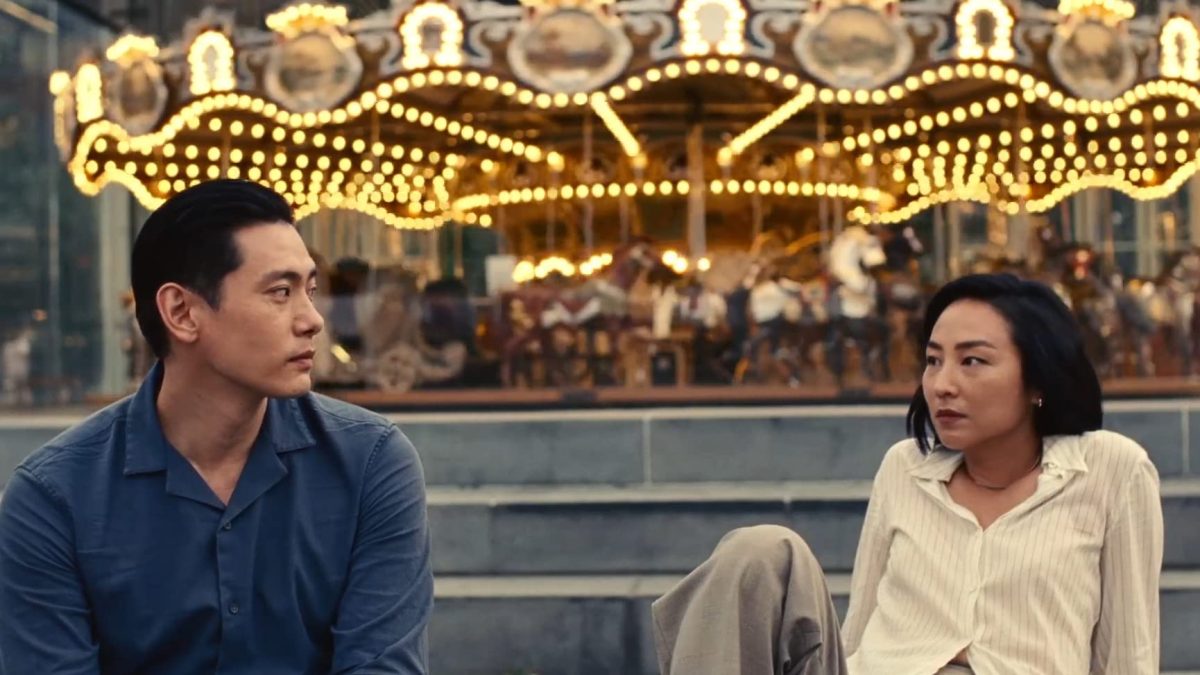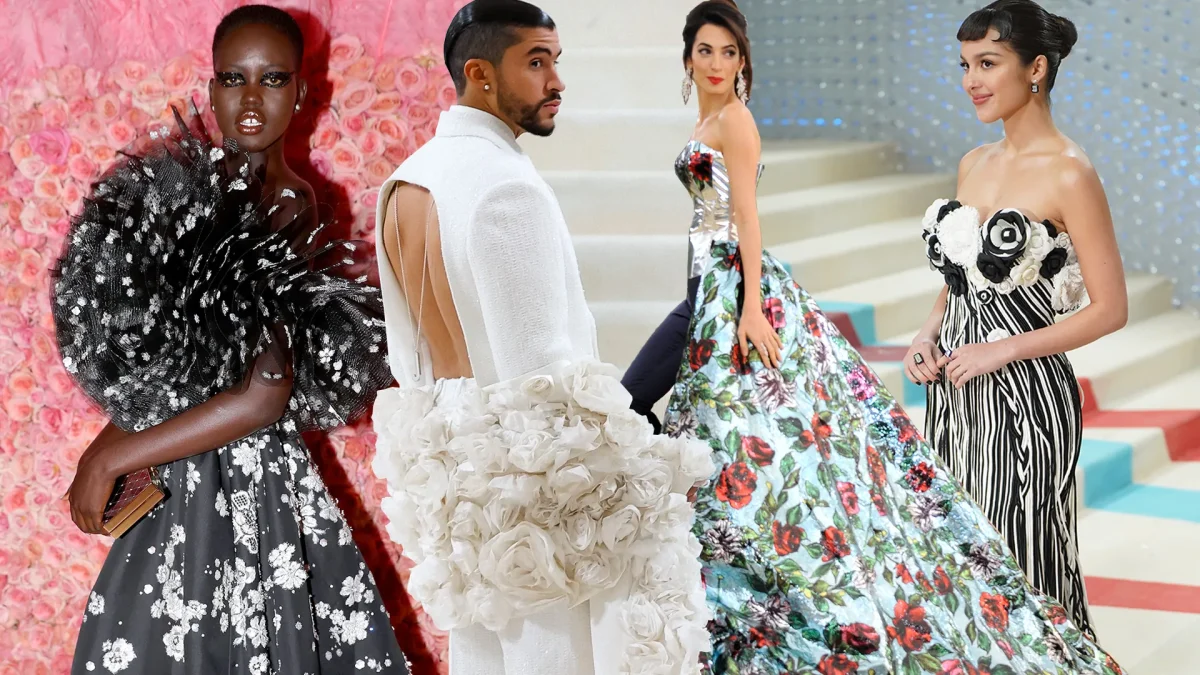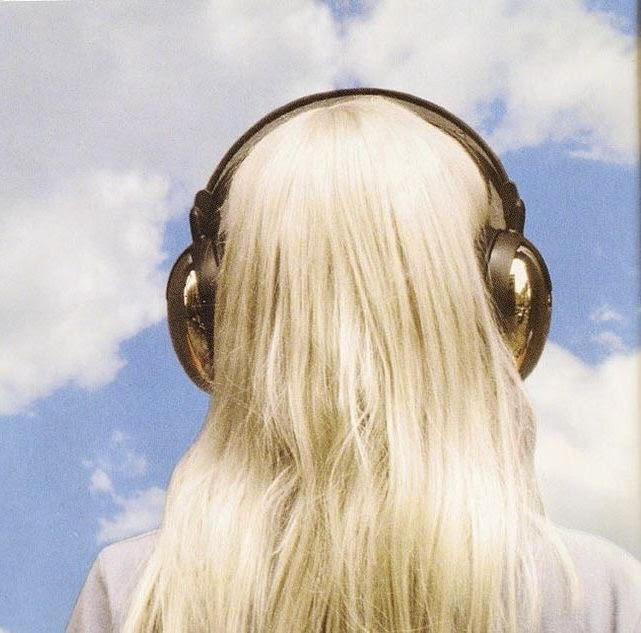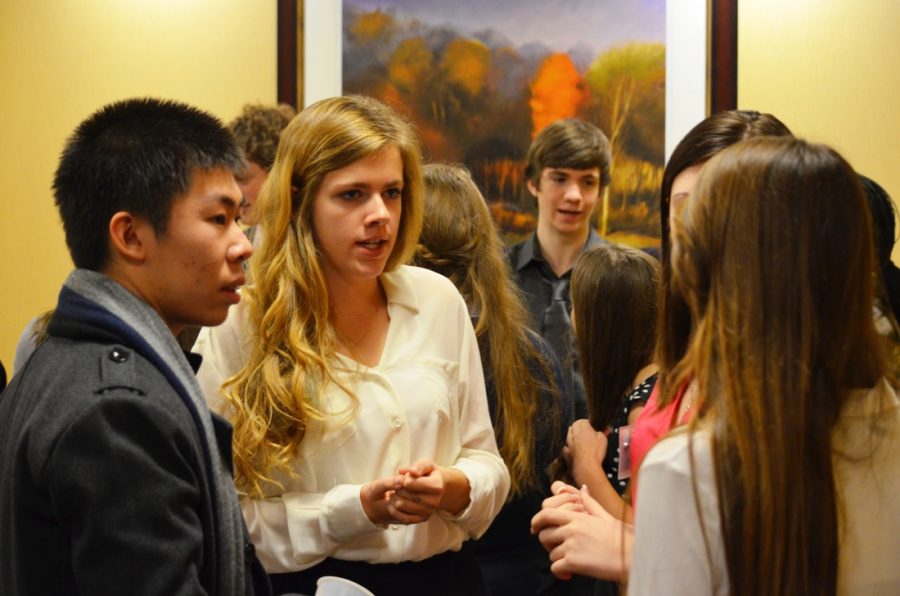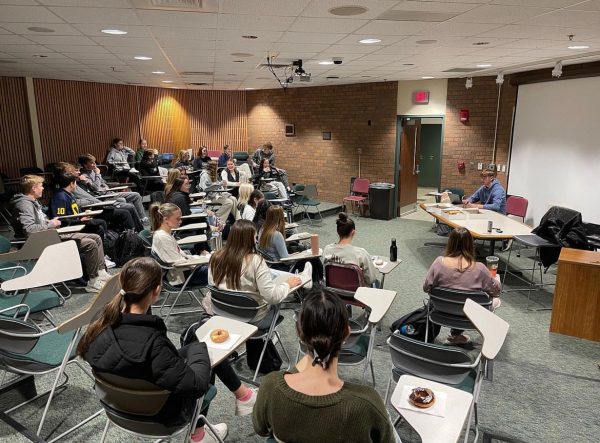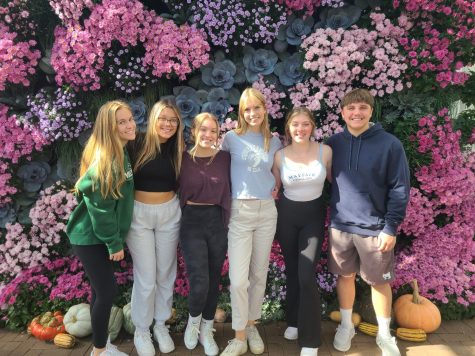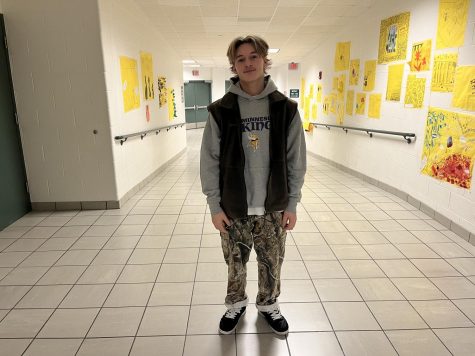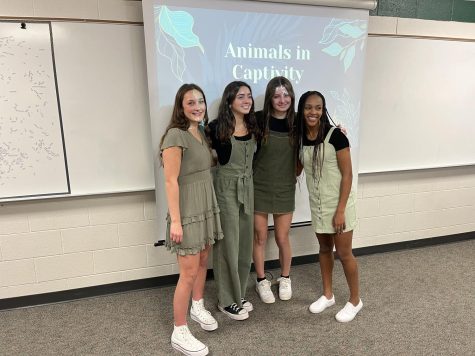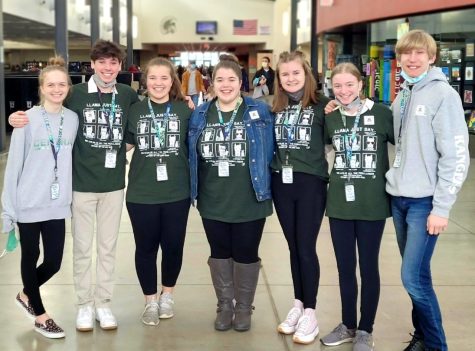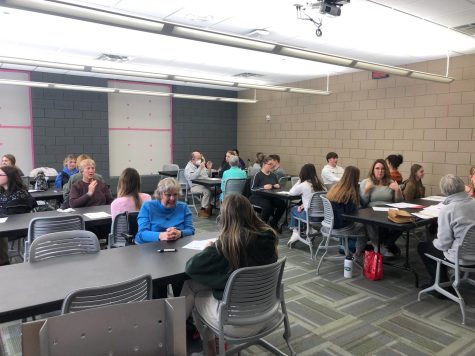Great Lakes International Model UN conference proves to be a memorable experience for students involved

More stories from Abby Stead
Every day after school, groups and clubs meet. But, once a week from 6 oa��clock to 9 oa��clock a special group of politically informed and ambitious students meet for Model United Nations. Here, they learn about the UN procedure and become well-versed in current events in order to prepare for conferences, such as recent conference GLIMUN.
This year’s first Model UN conference, Great Lakes International Model United Nations (GLIMUN), presented students with an assortment of challenges to be faced by these politically-inclined students. Each student is assigned a country and a committee. Then, each committee is given two to three issues to discuss at the conference. The Model UN teacher, Christopher McClees makes sure students are ready to take on the tasks presented at the conferences.
“The United Nations has 193 member countries. The organization is divided into six major organs including the General Assembly, Economic and Social Council, Security Council, International Court of Justice, Trusteeship Council, and the Secretariat,” McClees said. “Most Model UN conferences focus on the activities of the first three councils I just named. Each has several smaller sub-committees or working groups that focus on one specific problem such as human rights, economic development, disease prevention, war and peace, and so on.”
In order to know the topics important to the conference, a conference organization publishes an online catalog to inform about which committees they will be simulating and which topics they will be addressing. After that is published, schools apply for the countries they want to represent. At GLIMUN, FHC represented France, Saudi Arabia, Pakistan, Azerbaijan, South Korea, and Togo.
“Our 36 students were split into delegations that represented those countries in 7 different committee rooms,” McClees said. “And so were the 350 plus other students from all the other schools who attended. And in those committee rooms, students wheeled and dealed and made speeches and strategized and schmoozed with and screwed over one another for three-and-a-half days in an effort to draft formal documents called resolutions, which are sort of like treaties, and to get them passed.”
Model UN can attract a particular type of student who is interested in the world around them and how it functions in a societal sense. At this point in history, the level of political interest at FHC, and with young people throughout the U.S. has risen and McClees, who has been involved in teaching the Model UN class since 1993, acknowledges that the political climate these days can be instrumental in the number of students involved in Model UN.
“For some, yes, our current, highly charged political climate probably does have something to do with their interest in international news and events,” McClees said. “Others may join for different reasons, but all have something to contribute. And we certainly aren’t lacking for material this year.”
This has proven true for some students, but for junior James Aidala, public policy has run through his veins from a young age.
“I’ve had a fascination with politics in the world and the US since I’d say about 7th or 8th grade,” said James, who has been a part of Model UN since his sophomore year. “So when I heard about [Model UN,] it sounded basically like a politics simulator, but I get [school] credit for it. So that seemed like a pretty good incentive for me to go ahead and pursue it. I haven’t regretted it since, so I think it’s working.”
Other students, such as other junior Maddie Vonk, find that the social aspect of Model UN, mixed with an interest in politics and current events, made it the perfect place for her.
“I joined last year right after I moved,” Maddie said. “I can’t quite remember why I joined; I think I did because it sounded cool, I like to talk, my mom thought I needed more extracurriculars in my life, and I needed a place to meet new people so I could make friends after moving. I’ve definitely met some pretty cool people in Model UN, which has been super cool and definitely affected my out-of-school life.”
Even at the conferences, the social tendency of the young people involved makes for a comfortable and fun atmosphere.
“[Model UN] has a social aspect to it as well,” James said. “There’s not as many people that you know who would be versed in geopolitics as well as one attending a conference might be. So when you’re at the conference, everyone is. Usually, you won’t even ask the person’s name, you’ll only refer to them by their country.”
Many student members agreed that the conference is more fun than you might assume. For junior Barry Crown, his first conference was a memorable experience.
During the conference a lot of fun stuff happened in my committee,” Barry said. “One of my favorites was when the delegate of North Korea threatened nuclear war on us all. Another was when a girl went up and started telling the chair how pretty she was in front of everyone. It was pretty funny since the chair immediately said, “that’s enough, delegate,a�� and then whispered to the other chair about how nice she looked.”
Although GLIMUN is over, Model UN students have more to look forward to; there is one more conference before the end of the semester. The next conference, held at the University of Michigan, is sure to hold new problems for these determined students.
“I’ve always taught that the best way to prepare for a conference is to find actual policy statements made by the actual government officials of the countries we represent,” McClees said. “Representing the United States is easy. We live here. We have a government that has always published its policies on major international issues so we know what they are. But when we’re representing countries that are less transparent or do not have the technology or budget to continually monitor or update the information we’re looking for, then it becomes more of a challenge. We like challenges.”

Abby Stead is a junior and is entering her first year as a writer on The Central Trend. Her interests include Coldplay, choir, playing the piano, music...














